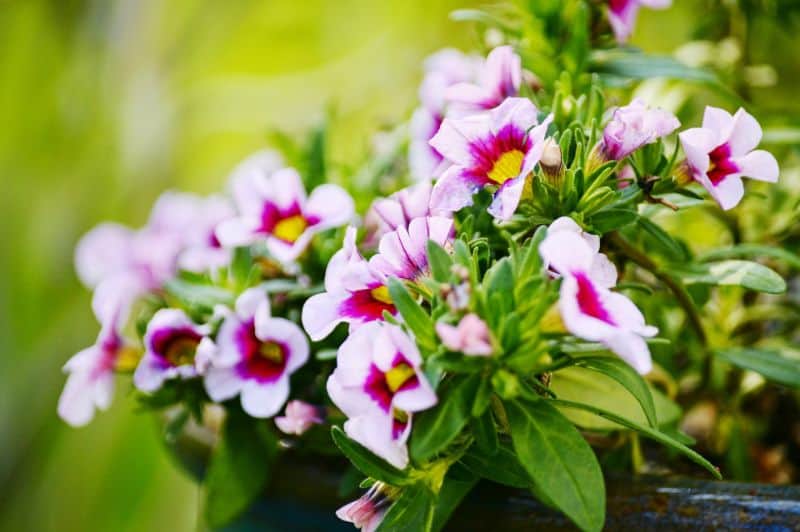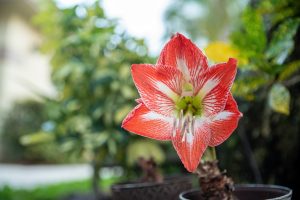If you’re looking for a beautiful and easy-to-care-for flowering annual, calibrachoa is the plant for you! These lovely plants come in a variety of vibrant colors and are perfect for adding interest to your garden or patio. In this article, we’ll teach you everything you need to know about how to grow and care for calibrachoa. Read on to learn more!
Best Calibrachoa Varieties
| Image | Name | Rating | Shop |
|---|---|---|---|
 | Calibrachoa Seeds Kabloom Denim Hybrid | ||
 | Calibrachoa Kabloom – Yellow Flowers | ||
 | Calibrachoa Orange Delight |
How to Grow and Care for Calibrachoa
Calibrachoa Hardiness Zones
Calibrachoa is an annual plant that is hardy in zones 9-11 and it thrives in hot, humid conditions.
How Much Sun Do Calibrachoa Need
Calibrachoa needs full sun to part sun, depending on the variety. Full sun will give you the most flowers, but if you live in a hot climate or your garden is in direct sunlight all day, part shade might be necessary. In either case, they need at least 6 hours of direct sun per day.
Calibrachoa Soil Requirements
Calibrachoa plants do best in moist, rich, well-drained soil, and amendments such as compost or peat moss can be added to the soil to improve drainage and moisture retention.
Calibrachoa Soil pH
A pH of 5.5 is ideal for calibrachoas, as this provides a slightly acidic environment in which the plants can thrive.
Calibrachoa Plant Spacing
Calibrachoa grows best at a 12-24 inch spacing. You should also leave enough space between each plant to allow for adequate air circulation, which will help to reduce the risk of disease.
Calibrachoa Temperature Requirements
Calibrachoa is heat tolerant and thrives in hot climates. The minimum temperature required for these plants is 55 degrees Fahrenheit, but they can start to fade when the mercury starts to dip below 65 degrees Fahrenheit.
Calibrachoa Fertilizer Requirements
Calibrachoa plants are heavy feeders and will benefit from a slow-release fertilizer applied in late spring or early summer. Be sure to avoid fertilizers with excessive nitrogen, which can cause Calibrachoa to grow leggy and produce few flowers.
Calibrachoa Water Requirements
Calibrachoa plants are drought-tolerant, so you don’t need to worry about watering them too often. Just keep the soil moist and they should be fine, and don’t let the soil get too waterlogged, as that can lead to problems with root rot.
Calibrachoa Humidity Requirements
Although they are considered drought-tolerant, calibrachoa does suffer in low humidity environments. They need at least 50% relative humidity to look their best. In very dry climates, you’ll need to water them regularly and/or mist them frequently.
Calibrachoa Pests
Aphids are a common pest of Calibrachoa. There are several ways to deal with aphids: you can remove them by hand, use insecticidal soap or horticultural oil, or introduce natural predators like ladybugs or lacewings.
Calibrachoa Diseases
Root rot is the most common disease of Calibrachoa. It is a fungus that attacks the roots of the plants, causing them to rot and die. The best way to prevent this disease is to water your plants properly and make sure the soil they are planted in has good drainage. You can also treat root rot by using a fungicide or hydrogen peroxide.
















